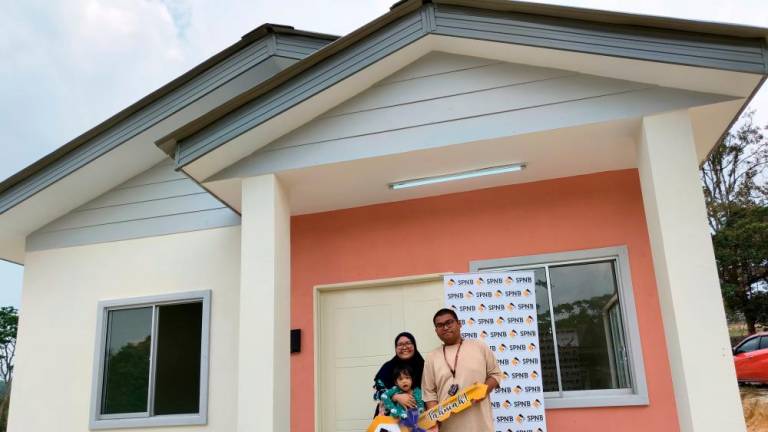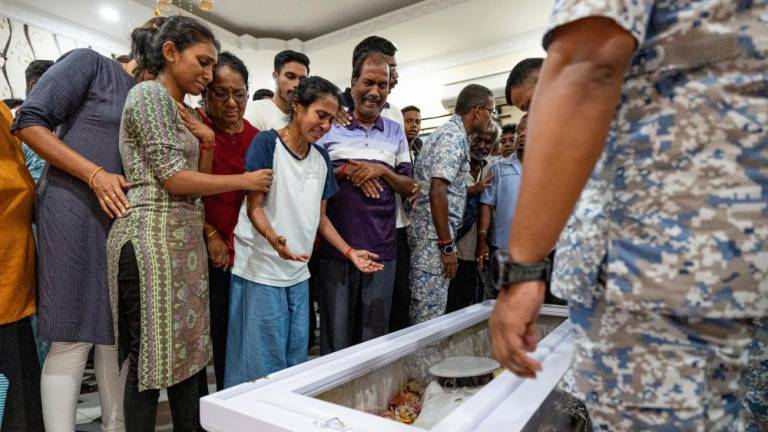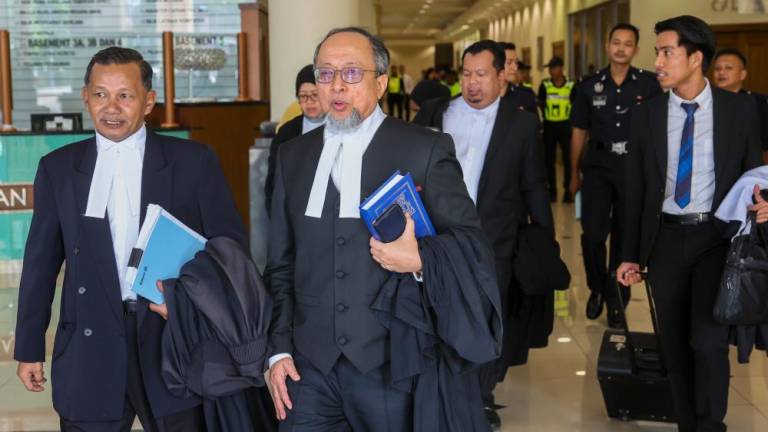COURTS worldwide are beginning to respond to the escalating climate change calamities. Governments, environment ministers and corporations are being held liable to account for deleterious greenhouse gas emissions, in actions filed by groups of civil society and even children.
The Netherlands Court struck first in Milieudefensie et al v Royal Dutch Shell plc (“Shell”), which declared that corporations are obliged to limit and address the human rights impacts incurred by their activities, business relationships and supply chain, from the manufacturing to end-user stages. It promptly ordered Shell to reduce its net greenhouse gas emissions by 45% by the end of 2030, compared to 2019 levels, so as to be in alignment with the country’s commitments under the Paris Agreement on Climate Change.
The court accepted the applicant’s argument that the company had breached the standard of care to protect the human rights of others, specifically the right to life. [Shell announced in May 2021 that it intends to appeal the court’s decision.]
This followed the 2019 Urgenda Foundation v State of Netherlands decision where the Supreme Court and the Hague Court of Appeal ruled that the Dutch government owed its citizens a duty to reduce emissions in order to protect human rights.
The State was ordered to reduce its greenhouse gas emissions by at least 25%. Again the basis was the right to life, exacerbated by the projected housing and safety crises that could arise by flooding as a result of sea level rise.
Following closely in suit is the recent decision of the Australian Federal Court in Sharma v Minister for the Environment [2021] FCA 560. A group of eight Australian children instituted a class action on behalf of all Australian children and teenagers, against Environment Minister Sussan Ley to prevent the possible approval of a coal mine extension project, on the ground that this project would endanger their future because of climate hazards, including causing them injury, ill health or death and economic losses.
Although the claim for an injunction was dismissed as the proposal had yet to be determined, the court found a new duty it never had before: The minister owes a duty of care (responsibility not to take actions that could harm others) to Australia’s young people not to cause them physical harm in the form of personal injury from climate change.
The evidence presented forecasted devastation for the children by climate change. Said the court: “None of this will be the fault of nature itself. It will largely be inflicted by the inaction of this generation of adults, in what might fairly be described as the greatest inter-generational injustice ever inflicted by one generation of humans upon the next. “To say that the children are vulnerable is to understate their predicament.”
The case was pursued under the common law of negligence rather than reliance upon international human rights principles. The court held that any approval of the development would have a direct impact in increasing greenhouse gas emissions, exposing the children to a real risk of harm due to carbon emission-induced climate change, being: “mental or physical injury, including ill health or death, as well as damage to property and economic loss”.
This sends the clearest signal that, in deciding whether to approve the project, the environment minister must ensure the avoidance of personal injury to people from the carbon emissions.
What is the implication of these judgments? A corporation must take measures to reduce its greenhouse gas emissions or else it would be subject to sanctions by the state. A state too must ensure that its citizens’ right to life is not jeopardised by activities; and that these activities do not undermine the State’s obligation under the Paris Agreement.
Finally, as in the Australian decision, the state owes a duty of care to protect their children from any reasonably foreseeable harm resulting from climate change incurred by increased greenhouse gas emissions. And regulators will breach this duty if they fail to take this potential harm into account adequately.
These court decisions provide a basis for seeking similar remedies in other jurisdictions, including Malaysia. Article 5 of the Federal Constitution has been adjudicated by our Federal Court to include the right to life, guarantee to livelihood, the right to health, right to a clean environment and life support system.
The Dutch court based its decision on the right to life as provided in the Dutch Civil Code and the European Convention on Human Rights. Malaysia has also ratified the Paris Agreement and made commitments to reduce greenhouse gas emissions.
Under established principles of administrative law, courts can require decision-makers to take into account this factor when approving development projects that may generate harmful greenhouse gas emissions.
Finally, our jurisprudence on the law of negligence is the same as that applied by the Australian case.
On the basis of the trajectory developed by the Australian decision, children and young people in this country may also successfully plead that decision-makers owe them a duty of care to ensure that their future will not be jeopardised by any decision they may make today.
Gurdial Singh Nijar, a lawyer and former law professor is President of HAKAM, the National Human Rights Society.
Comments: letters@thesundaily.com










